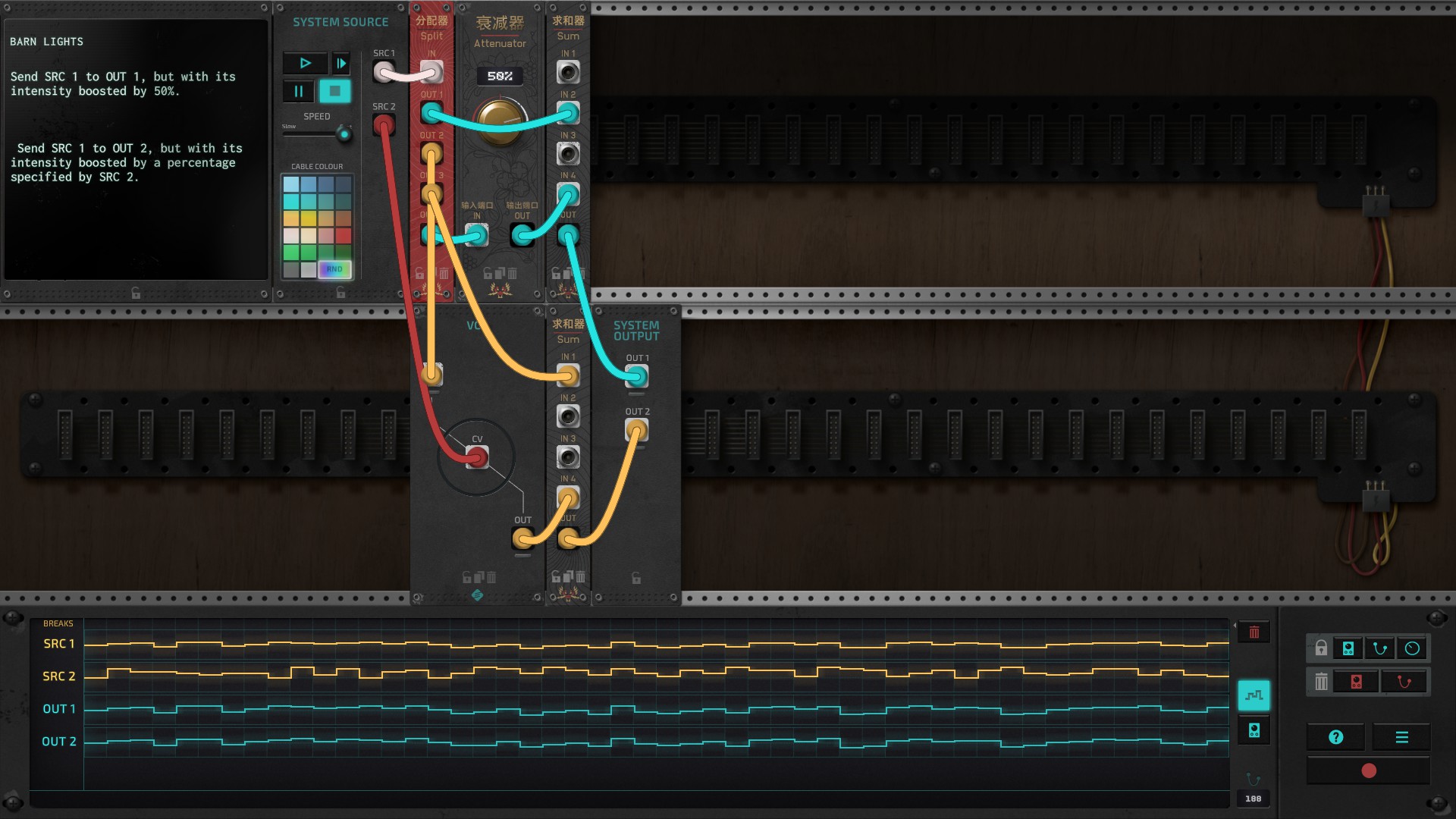
A relatively safe estimate is that 40 percent or more of the water diverted for irrigation is wasted at the farm level through either deep percolation or surface runoff. One of the major concerns is the generally poor efficiency with which water resources have been used for irrigation. Irrigated agriculture faces a number of difficult problems in the future. History is absolutely certain on this point. When any of these factors are ignored through either a lack of understanding or planning, agricultural productivity will decline. Irrigation implies drainage, soil reclamation, and erosion control. Management of the soil fertility, cropping selection and rotation, and pest control may make as much incremental difference in yield as the irrigation water itself. Judging from irrigated and non-irrigated yields in some areas, this relatively small fraction of agriculture may be contributing as much as 3040 percent of gross agricultural output.Įffective agronomic practices are essential components of irrigated systems.

Some have estimated that as little as 15-20 percent of the worldwide total cultivated area is irrigated. Many civilizations have been dependent on irrigated agriculture to provide the basis of their society and enhance the security of their people. Advantages and disadvantages of surface irrigationġ.1 The perspective and objectives of irrigationĪ reliable and suitable irrigation water supply can result in vast improvements in agricultural production and assure the economic vitality of the region.


 0 kommentar(er)
0 kommentar(er)
